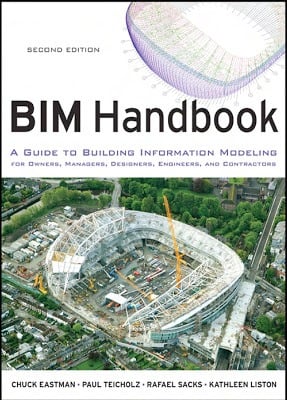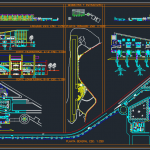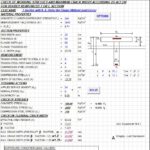
BIM Handbook A Guide to Building Information Modeling
23 January 2018BIM Handbook A Guide to Building Information Modeling
The BIM Handbook is addressed to building developers, owners, managers, and inspectors; to architects, engineers of all disciplines, construction contractors, and fabricators; and to students of architecture, civil engineering, and building construction. It reviews Building Information Modeling and its related technologies, its potential benefi ts, its costs and needed infrastructure.
It also discusses the present and future infl uences of BIM on regulatory agencies; legal practice associated with the building industry; and manufacturers of building products it is directed at readers in these areas. A rich set of BIM case studies are presented and various BIM tools and technologies are described. Current and future industry and societal impacts are also explored.
BIM is developing rapidly, and it is diffi cult to keep up with the advances in both technology and practice.
Integrated Project Delivery (IPD) is a collaborative contracting paradigm that has been developed and adopted within the three years since we completed the fi rst edition. BIM tools are increasingly used to support sustainable design, construction, and operation.
There has been increasing support by BIM for lean design and construction methods which are highlighted throughout the book. Some innovations we predicted would become commercial by 2012, such as tracking of building components using BIM and radio-frequency ID tagging, have already been used in practice.
This edition not only addresses these themes and updates the material relate to the BIM applications; it also introduces sections on new technologies, such as laser scanning and BIM servers. It also includes six new case studies.
[su_button url=”https://drive.google.com/open?id=1USoQ0xdPRIE2lGaEflWDobwRK2McD-e0″ size=”5″ center=”yes”] Download Link[/su_button]








